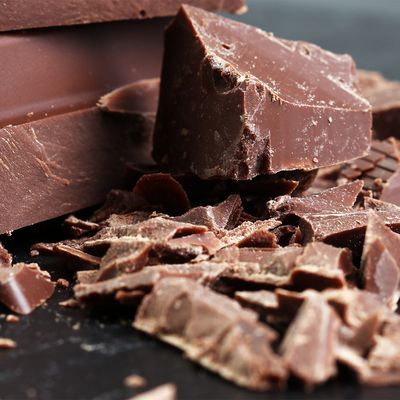Whether you like your chocolate rich, dark and intense or prefer it to be a smoother milkier variety, there is one thing that is certain, and it is that chocolate comes in thousands if not hundreds of thousands of varieties today. There are many ways to enjoy the luxurious magic of chocolate. But just how we came to enjoy such an everyday treat is a feast for the imagination too.
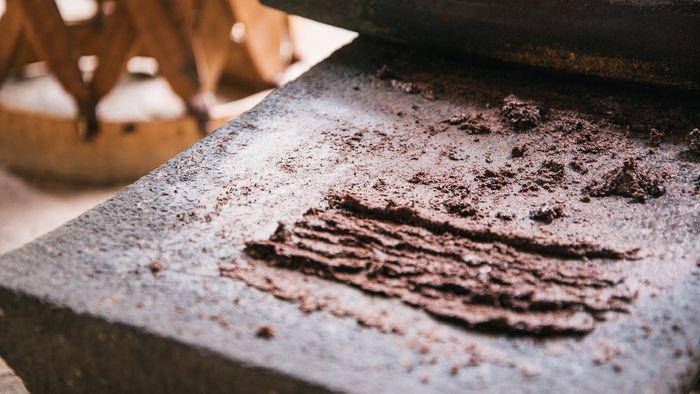
Even in the early days, chocolate was thought to be ‘the food of the gods’ although, that being said, until 1828 it was always consumed as a drink rather than in solid form.
From the ancient Mayans through to the original chocolate houses of the 17th century, chocolate was always made from roasting and grinding by hand the cacao plant seeds. It was then mixed with starch and water to form a thick beverage. The starch was added to absorb the cocoa butter and prevent a greasy texture.
The cacao bean came into Europe through Spain thanks to their explorers and it was here that sugars and honey were added to the mixture to give the hot chocolate drink a sweeter more palatable taste. This concoction then swept through France to England and was consumed in the chocolate houses by the wealthy.
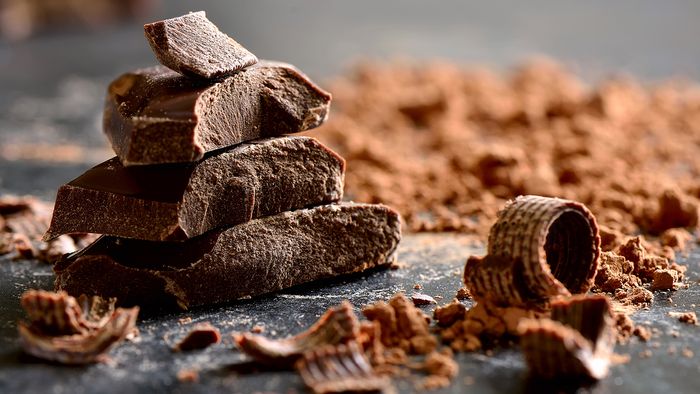
In 1828, the industrial revolution came up with an automated cacao seed grinder, which squeezed cocoa butter from the pods as well as grinding the cocoa powder. It was probably an accidental mixing of these which set solid and became the first ‘chocolate bar’. It also allowed for additional ingredients to be added which helped spread the cost and make chocolate more affordable.
It was actually Fry’s that produced the first chocolate bar in the UK. By today’s standards, this chocolate bar was bitter and dark and would be unrecognisable to the modern day palate.
Cadbury was already in existence as a cocoa and hot chocolate supplier in Birmingham. In 1875, Cadbury finally offered Easter eggs but even they were dark chocolate not milk and it took them until 1897 to produce chocolate bars for a mass market. It was then in 1904, that Dairy Milk bars were produced. By combining milk and milk powder with cocoa butter, sugar and cocoa powder, milk chocolate was invented.
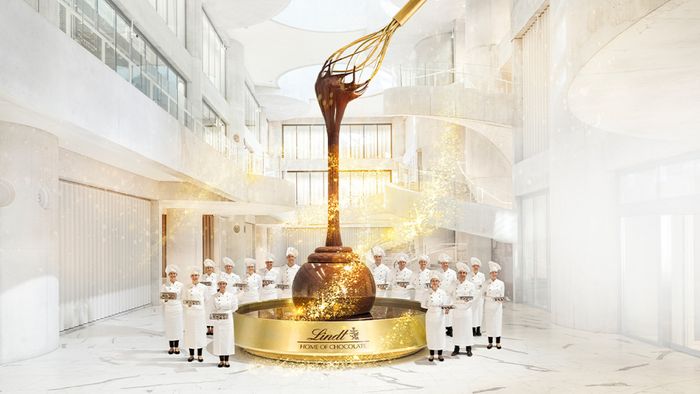
However, having only approximately 20% cocoa solids, Cadbury Dairy Milk is considered ‘inferior’ to many brands and particularly Swiss chocolate which must contain minimum of 35% cocoa solids to bear the name ‘chocolate’.
Switzerland is home to some of the most iconic chocolate confections. Claiming the biggest chocolate shop in the world, these Swiss masters of chocolate have created experiences that you would not want to miss. With quality at its core, you will find yourself irresistibly wrapped up in the beauty of chocolate.
Discover a chocolate fountain over 9 metres tall at Lindt’s chocolate factory, with 1,500kg chocolate flowing through, a magical indulgence for your senses.
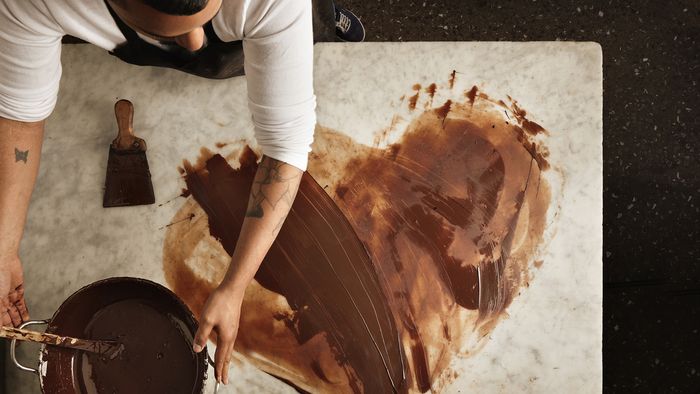
No need to travel far to open your eyes to the delicate processes and wonders of cocoa.
Chocolate tasting is one of the most divine ways to get that chocolate fix. Having the opportunity to understand how cocoa solid percentages and additional ingredients affect the final result may have you learning a thing or two about your taste preferences.
We then go in deeper with chocolate making courses. From creating chocolate from scratch or learning how to temper and mould chocolate, these chocolate courses can be as hands on as you would like. The world of chocolate production is a rich and diverse craft, so it is worth taking the time to research what interests you most.
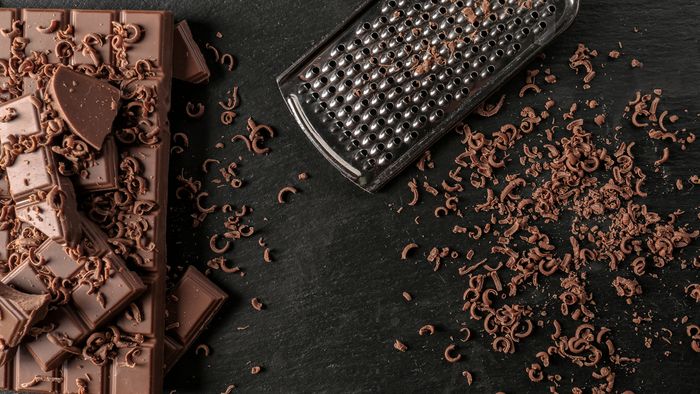
If you wanted to experience chocolate at home we have some great top tips, that will tantalise your tastebuds:
- Intensify the richness of your chilli con (or non) carne by adding 30g of grated dark chocolate. As it melts into your pot it sweetens and enriches the chilli flavour.
- Try adding grated dark chocolate to a red wine jus to serve with venison or pheasant.
- Cocoa powder can also deepen flavours too. Add two tablespoons of cocoa powder to your BBQ rub for ribs or chicken.
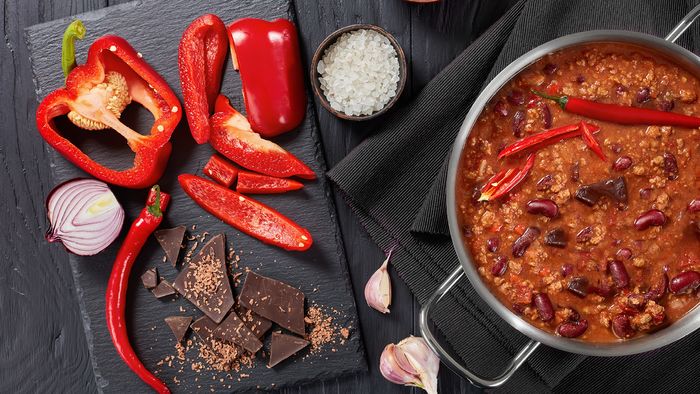
- If you enjoy the satisfying pairing of sweet and savoury, thread streaky bacon onto a soaked wooden skewer, crisp it quickly under the grill and finish it with a dip in melted chocolate and allow to set.
- Balsamic vinegar and chocolate are a match made in heaven. Try adding a tablespoon of melted chocolate to the vinegar and serve alongside a good virgin olive oil and fresh cubes of sourdough bread.
- Getting a good chocolate cake can be a tricky task. Add cocoa to your cake by removing the equivalent weight of self-raising flour and replacing with cocoa powder. Remember to sift out the lumps and to add ¼ tsp of baking powder for every 55g of cocoa. This will leave you with a good raising agent balance, which in turn will result in a light fluffy chocolate cake.
So, however you want to experience chocolate, be sure to fully immerse yourself, you may just find a new favourite for your after dinner treat.

